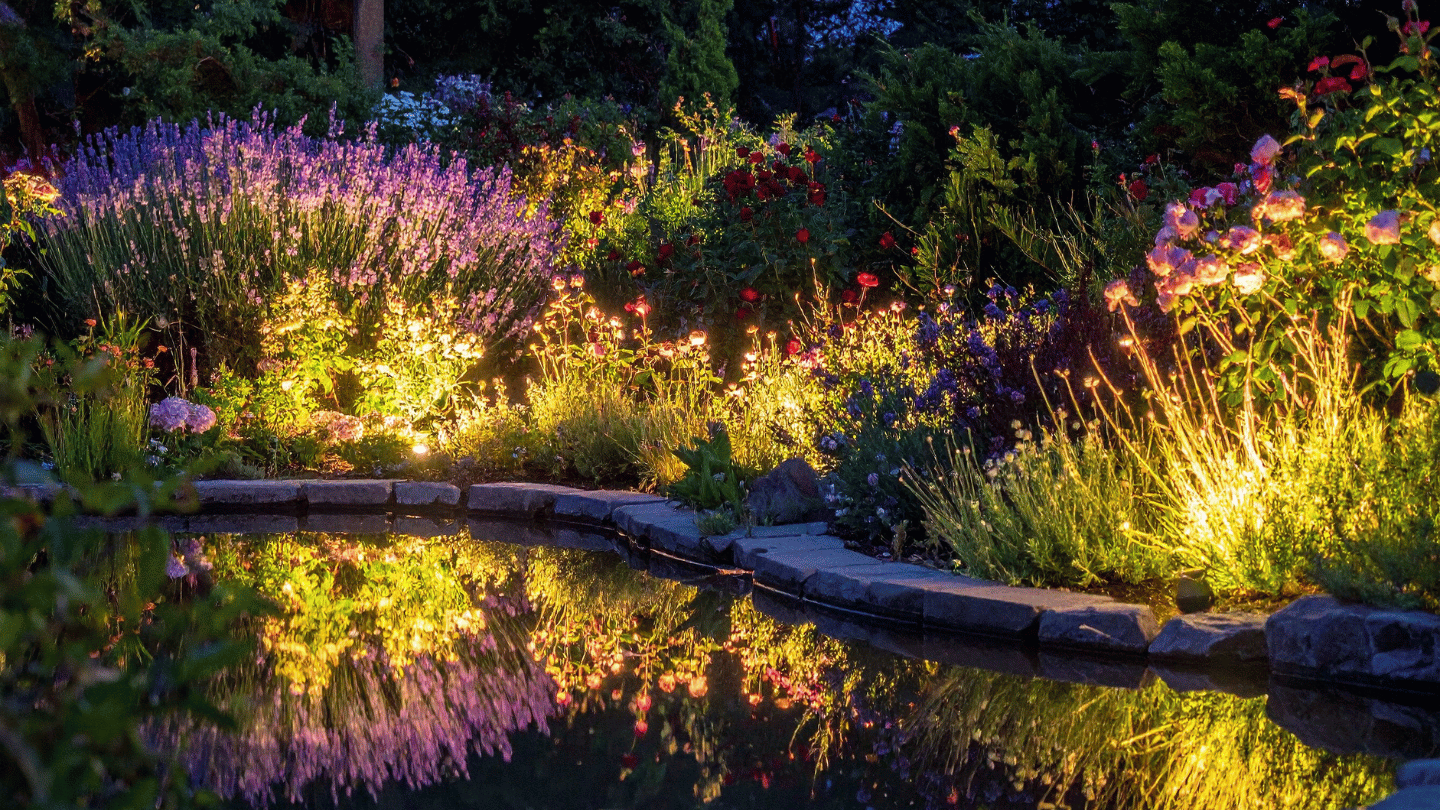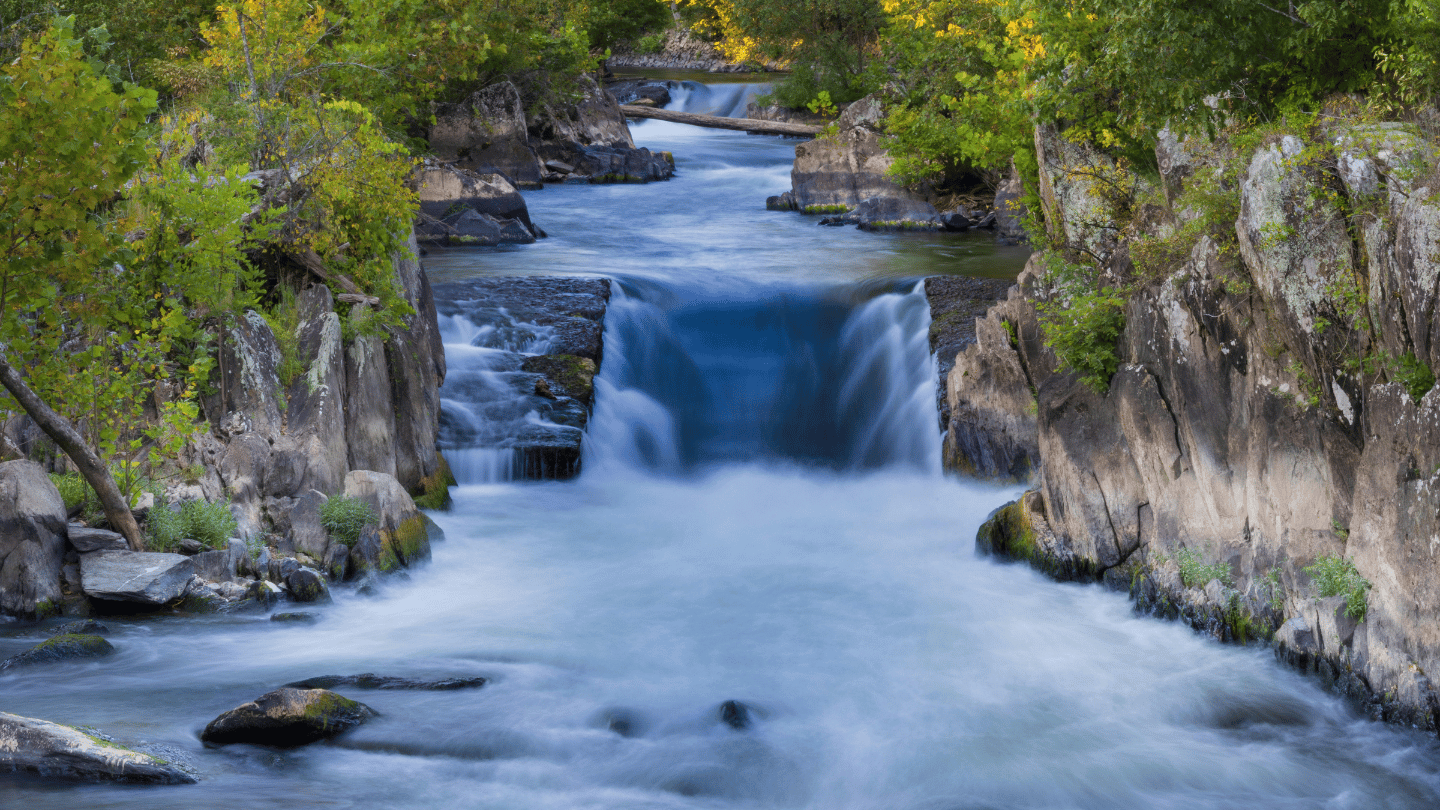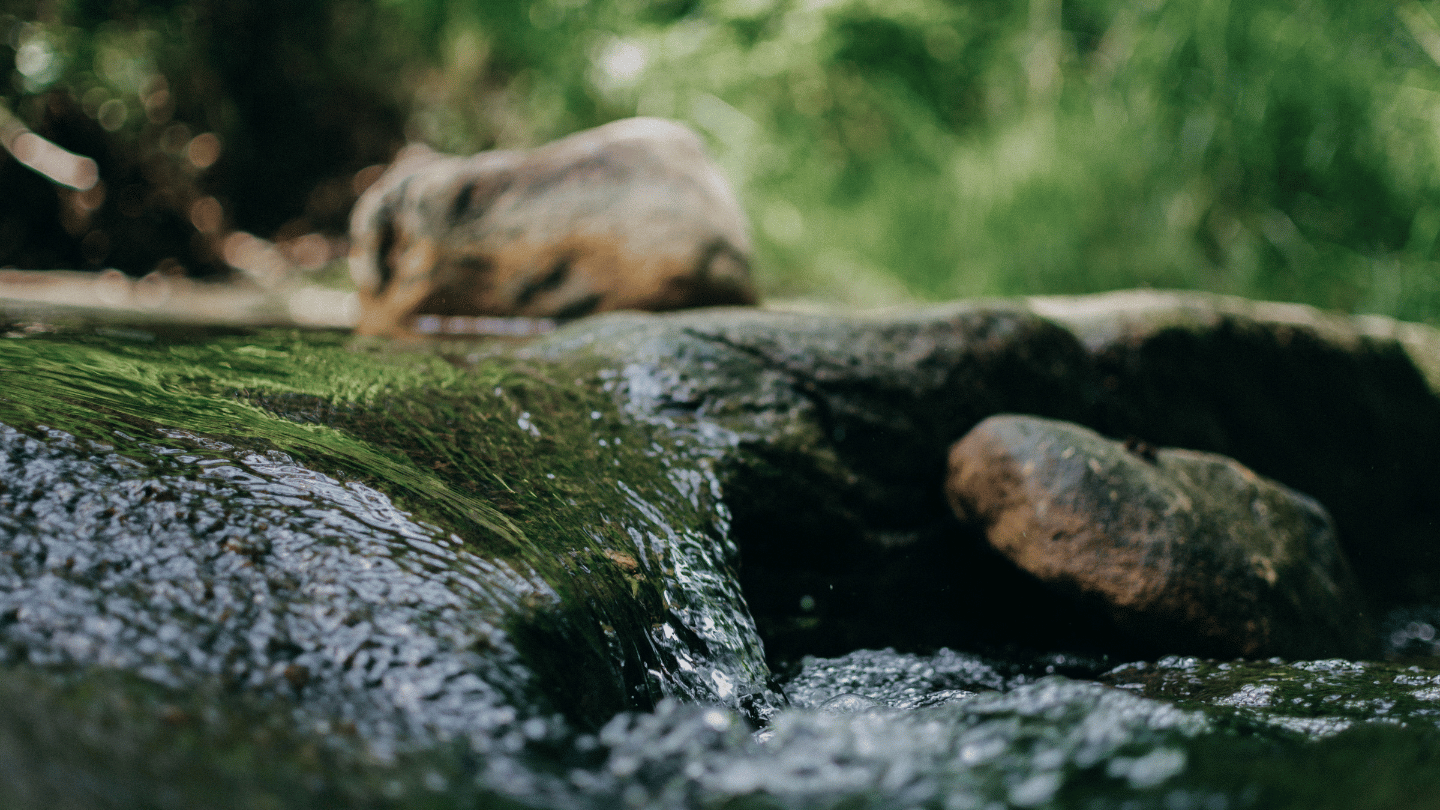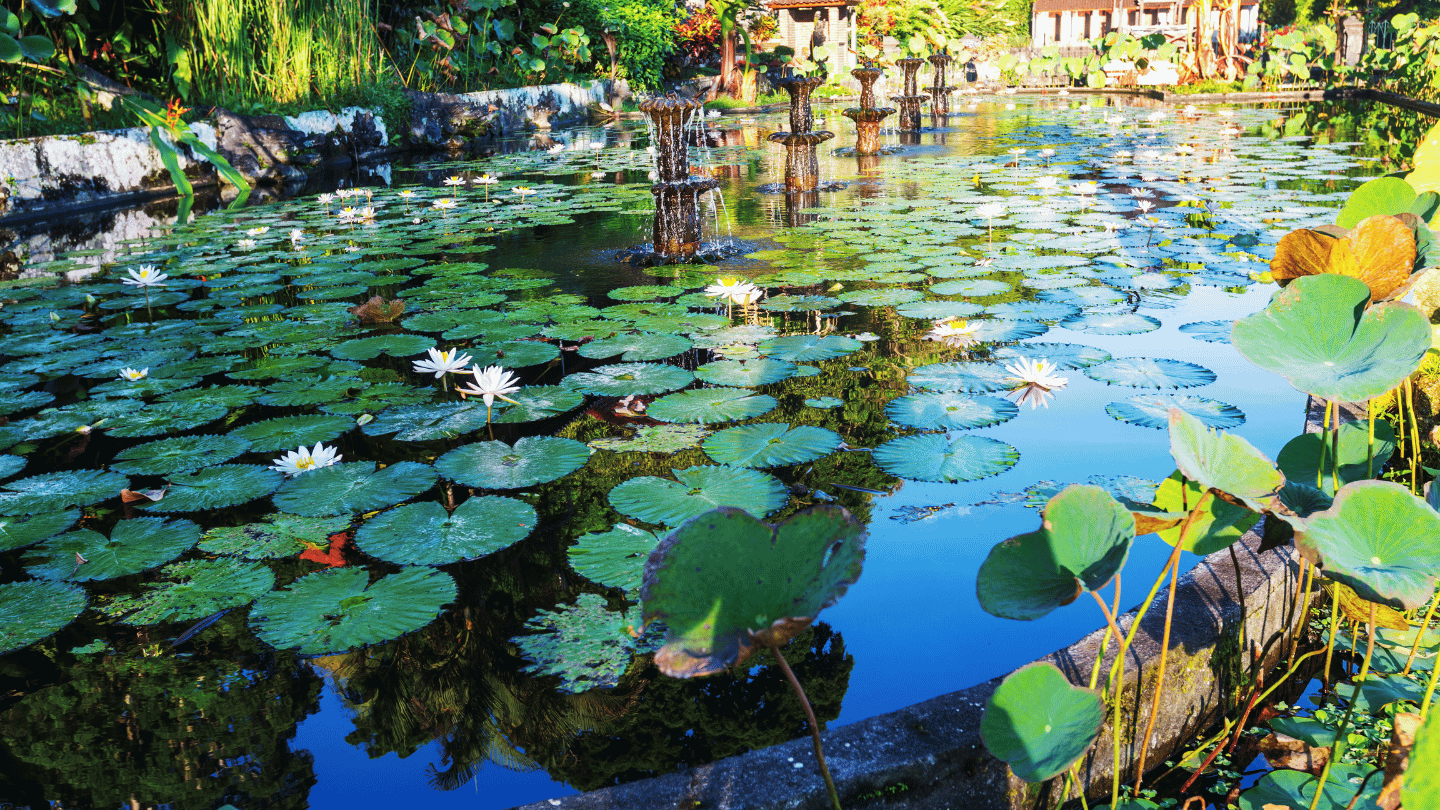You've got a beautiful pond in your backyard. The water's clean, the plants are thriving, and it's absolutely peaceful during the day. Then the sun dips below the horizon, and suddenly... it disappears into the darkness. All that work, all that beauty, becomes invisible for half the day. That's where lighting comes in—and honestly, it's the difference between having a nice water feature and having one you actually use and enjoy.
We see this all the time. A client spends months building their dream pond, then calls us in October asking why they can't enjoy it on their evening patio anymore. The good news? Adding thoughtful lighting isn't complicated. It just requires understanding what actually works in LA's climate and how to avoid the mistakes we see homeowners make.
Why Light Actually Matters for Water
There's something magical about water and light together. It's not just about visibility, though that matters too. When light hits moving water—whether it's gentle ripples on a pond or a cascading waterfall—it catches and reflects in ways you simply can't replicate with static surfaces. You get dimension. You get drama. You get a space that invites you to come sit with a drink and actually use your backyard at night.
Beyond the aesthetics, good lighting keeps things safe. That pathway around your pond? The subtle step down to your water level? Edge lighting prevents the slips and falls we definitely don't want on a warm LA evening when you've got guests over. And there's something to be said for showcasing the actual stonework and design details you paid for. Most people don't realize they've got beautiful granite or slate work that's completely invisible at night.
LEDs Are Your Friend (Especially Here)
Here's the simple version: use LED lights for your pond. Done. But let's talk about why, because it matters for your wallet and your sanity.
LEDs pull maybe 3-5 watts compared to the 50+ watts halogen systems eat up. Over a full outdoor season in LA, that adds up. They also run cool—and I mean actually cool, not just "cooler than the alternative." That matters because heat and water don't mix well with most fixture seals, and it means you won't cook fish or stress aquatic plants. As for longevity? A quality LED will run for 30,000 to 50,000 hours. That's honestly longer than most people keep the same backyard setup, so maintenance becomes practically invisible.
Where Should the Lights Actually Go?
This is where most people get it wrong. They either underwater everything (which looks like a Vegas casino) or they don't underwater anything (and end up illuminating a dark hole in their yard).
Submersible lights go inside the pond or tucked under your waterfall. These are the game-changers. When you shine light up through water, especially moving water, you get this glowing effect that's completely different from surface lighting. A light positioned at the base of a waterfall? That's money. The water becomes this luminous cascade. It's genuinely stunning.
Then you've got perimeter lighting—fixtures around the edges, aimed at rocks, trees, or your pond's surround plantings. These define the space without overwhelming it. The combination is what works. Soft glow from below the water's surface, then strategic accent lighting on the landscape around it. That's the balance most professionals use because it actually looks thoughtful instead of floodlit.
The Warm vs. Cool Question
This one's personal, but here's the practical side. Warm tones—think 2700K to 3000K, the color temperature of a sunset—feel inviting and calm. If your pond is meant to be a retreat, a place to decompress after work, go warm. It just feels right. Cool whites (4000K and up) feel crisp and modern. They're popular with contemporary designs, especially if you've got clean lines and minimalist stonework. Pick whichever matches the vibe you actually want to create. Your pond doesn't care either way. You do.
LA-Specific Considerations You Actually Need to Know
Our climate is honestly great for outdoor lighting—we don't have harsh winters where systems freeze, and we get consistent moderate weather. But that dry air and occasional salt-tinged moisture from Santa Ana winds mean your fixtures need to handle corrosion. Stainless steel and quality brass will outlast cheaper aluminum by years. It's worth spending a little extra upfront because replacement is a pain.
Smart timers and controls are huge here. Set your lights to run from dusk until, say, 11 PM, and they'll adjust automatically as daylight shifts through the seasons. No manual switching, and you're not running lights through the middle of the night when nobody's outside. Also—and this matters in LA more than most places—use shielded or downward-angled fixtures. We're serious about light pollution in this area, and honestly, it's the right call. You'll light your water feature beautifully without creating a beacon that bothers your neighbors or spills light everywhere.
The Stuff Nobody Tells You About Maintenance
Here's the reality: algae and mineral deposits love to build up on light lenses. In LA's hard water areas, this happens faster than you'd think. Every couple months, just wipe them down. It takes ten minutes and keeps your lights from gradually dimming without you realizing it. Check your connections after heavy rain (not common, but it happens). Look for frayed wires or moisture pooling inside fixtures. As your plants grow and your water level naturally shifts seasonally, you'll want to adjust light angles to keep the effect balanced.
Once a year—maybe twice if you're in an area with higher mineral content—it's worth having someone give your system a once-over. Not because things are breaking, but because small adjustments and preventative checks beat emergency repairs in August when you've got your whole family over.
The Real Takeaway
Your pond is an investment. You built it to be enjoyed, and right now you're enjoying it for maybe ten hours a day, max. Good lighting gives you the other ten—or at least the ones that matter when you're actually home and able to sit outside. It doesn't have to be complicated. LEDs inside the water for glow, perimeter lights for definition, and some seasonal adjustment as things grow in. That's it.
If you'd like help figuring out your specific setup, we're here. We've lit hundreds of LA ponds, and we know what actually works versus what looks cool in a showroom. Reach out, and let's talk about making your pond shine after dark.





.jpg)





.jpg)